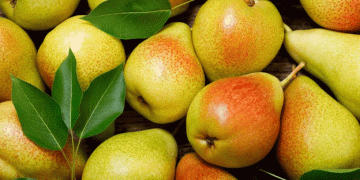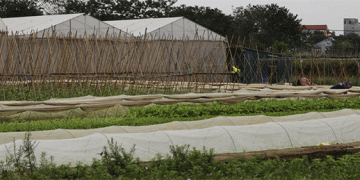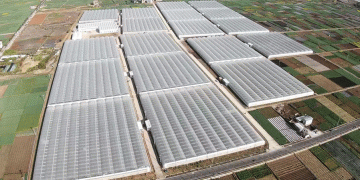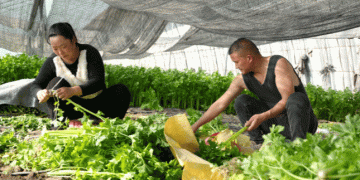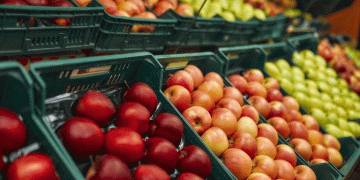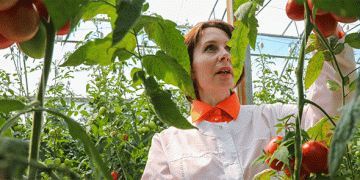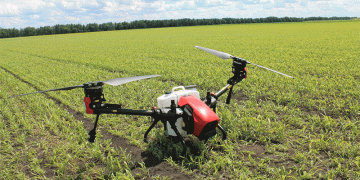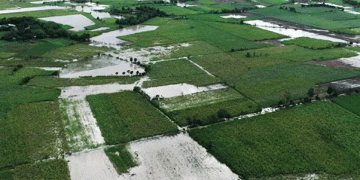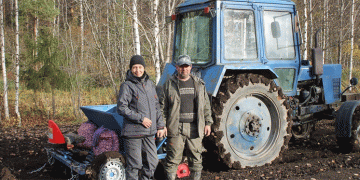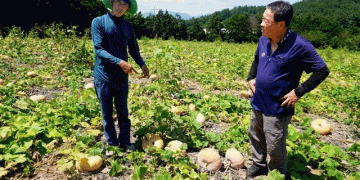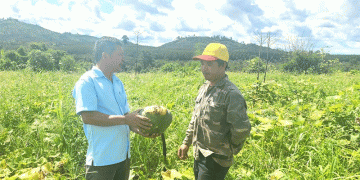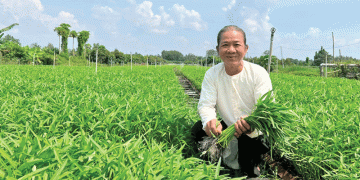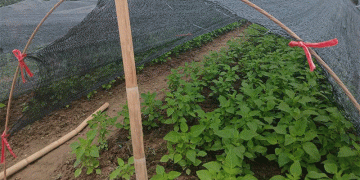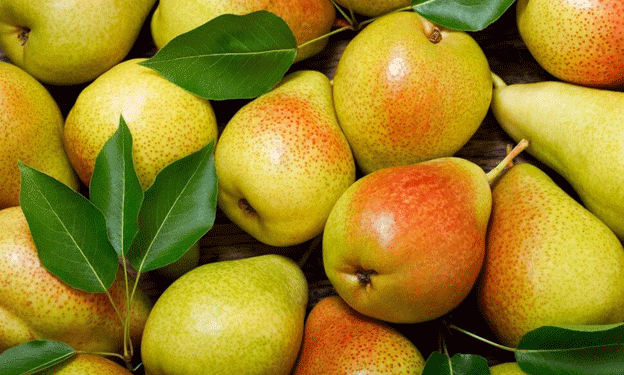The European pear market has recently witnessed an influx of overseas imports, notably from South Africa and Argentina. Varieties such as Williams Christ, Rosemarie, Cheeky, and Celina from South Africa, along with initial shipments of Abate Fetel pears in Berlin, have expanded the selection available to consumers. Munich has also seen the arrival of Argentine Williams Christ pears.
However, these overseas offerings have encountered market resistance, primarily due to higher pricing. Consumers exhibit a strong preference for established European and Turkish pear varieties, leading to sluggish sales of imported produce. Italian Abate Fetel, Turkish Santa Maria, and Dutch Xenia pears currently dominate the market, while Belgian and German products play a secondary role. The overall trade environment remains relatively calm, with occasional price increases attributed to intensified competition from overseas imports and seasonal reductions in European supply.
South African Pear Exports:
South Africa’s pear exports experienced a delayed start in the 2025 season, commencing 7 to 14 days later than the previous year. Despite this, forecasts indicate a robust crop, with export estimates reaching 21.2 million 12.5kg cartons, marking a 7% increase in key varieties such as Forelle and Abate Fetel. As of week 7, year-to-date shipments were 41% behind the prior year’s pace, totaling 2.68 million cartons. The primary export destinations include the Middle East (32%), the European Union (28%), Russia (16%), and the Far East and Asia (10%).
Argentine Pear Exports:
Argentina, holding a 48% market share as Europe’s leading pear supplier, faced a 10.9% decline in production, harvesting 616,000 tons in 2025. Despite this reduction, January 2025 exports hit a historic high of 18,760 tons, an 83% year-over-year increase. Challenges persist, including quality issues and economic instability, leading to significant quantities of discarded produce. Argentina’s key markets encompass Brazil, Russia, the United States, and Europe.
European Market Dynamics:
The European Union’s pear production in 2024 is estimated to grow by 4.9% compared to the previous year, reaching approximately 1.79 million metric tons. This increase is primarily due to a recovery in Italy’s production, despite declines in Belgium and the Netherlands. The production of Conference pears is forecasted to decrease by 13.5%, while Williams’ bon chrétien pears are expected to see a 33.8% increase.
The European pear market is currently characterized by a complex interplay of increased overseas imports and steadfast consumer loyalty to traditional European and Turkish varieties. While South African and Argentine exporters strive to penetrate the European market, pricing and consumer preferences present significant challenges. Understanding these market dynamics is crucial for stakeholders aiming to navigate the evolving landscape of pear trade in Europe.
